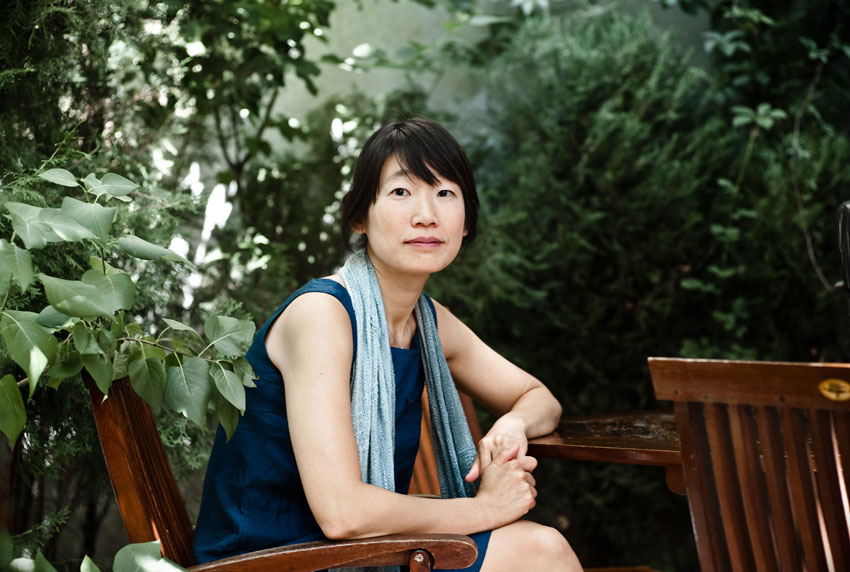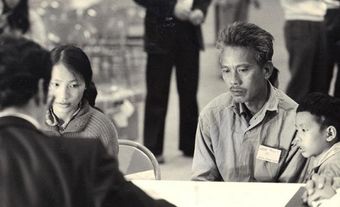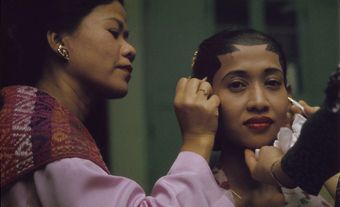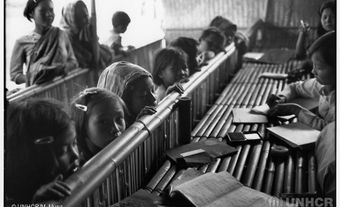
Overview
A British colony, Malaysia gained independence in 1957. Malaysia was constituted in 1963 out of the Federation of Malaya and the former British colonies of Singapore (until 1965), the Sarawak and North Borneo (Sabah).
The population of Malaysia includes the Malays, Chinese and Indians. The term "Canadian Malaysian," therefore, does not indicate membership of a discrete ethnic, linguistic or religious community, but simply a shared experience of national origin.
Migration History and Settlement in Canada
Canada has welcomed several hundred students from Southeast Asia as part of the Colombo Plan. Since the 1950s, more than 80,000 Malaysians have come to Canada to study, with hundreds of them deciding to settle here. Between 1973 and 1984, about 7,000 Malaysians immigrated to Canada. At that time, the majority of Malaysian immigrants were employed as clerical staff, followed by fabricating, assembling and repairing; science, engineering and math; medicine and health; managerial or administrative; service; entrepreneurial; sales; and construction.
In the 2016 Canadian Census, 2,555 Canadians claimed Malay as a single origin and a further 14,365 claimed Malay multiple origins, for a total of 16,920 Canadians of Malaysian origin. Nearly half of these Canadians (7,310) live in Ontario.
Social and Cultural Life
Although Malaysians do not belong to a single ethnic community, there is a sense of cultural identity (shared to a considerable extent with Singaporeans), which results from the fusion in the Malay world over many centuries of influences from China and India. It is this sense of common background that distinguishes Canadian Malaysians from other Asian communities in Canada.
Community organizations in Toronto and Vancouver and Malaysian student associations on several university campuses encourage an awareness of Malaysian culture and traditions. The Malaysian Association of Canada, located in Toronto, organizes many activities for Southeast Asians living in that metropolis. McGill University, Queen’s University and the University of Alberta all have Malaysian student associations, and several Canadian universities are home to Southeast Asian student associations, which represent a number of Association of Southeast Asian Nations (ASEAN) member countries.
Since English is one of the languages widely used in Malaysia, assimilation of immigrants has generally occurred throughout anglophone Canada.
Canada-Malaysia Relations
The first bilateral relations between Canada and Malaysia date from the late 1950s. Canada was one of the first countries to establish diplomatic relations with the new Federation of Malaysia. Canada now has diplomatic and consular representation in Kuala Lumpur (where the senior Canadian representative is a high commissioner, because both Canada and Malaysia are independent countries of the Commonwealth) and in Penang (where the Canadian representative is an honorary consul).
Relations between the countries are also strengthened by education, tourism and trade. Canada has educational exchange programs with Malaysia, and about 70,000 Canadians visit the country every year. In 2016, with trade totalling over $3.3 billion in Canadian dollars, Malaysia was Canada’s third largest trading partner among the members of the Association of Southeast Asian Nations (ASEAN).
Since 1977, Canada has been an ASEAN dialogue partner. The two countries also work together within the World Trade Organization, the Asia-Pacific Economic Cooperation forum and the United Nations. Canada and Malaysia signed a Memorandum of Understanding on security cooperation in 2013.

 Share on Facebook
Share on Facebook Share on X
Share on X Share by Email
Share by Email Share on Google Classroom
Share on Google Classroom



